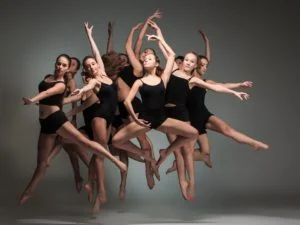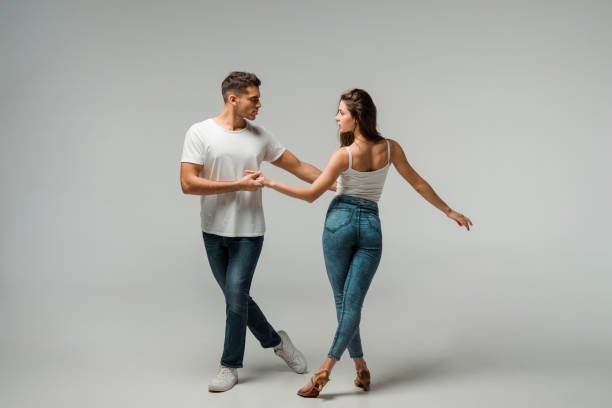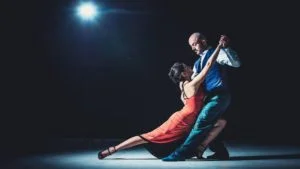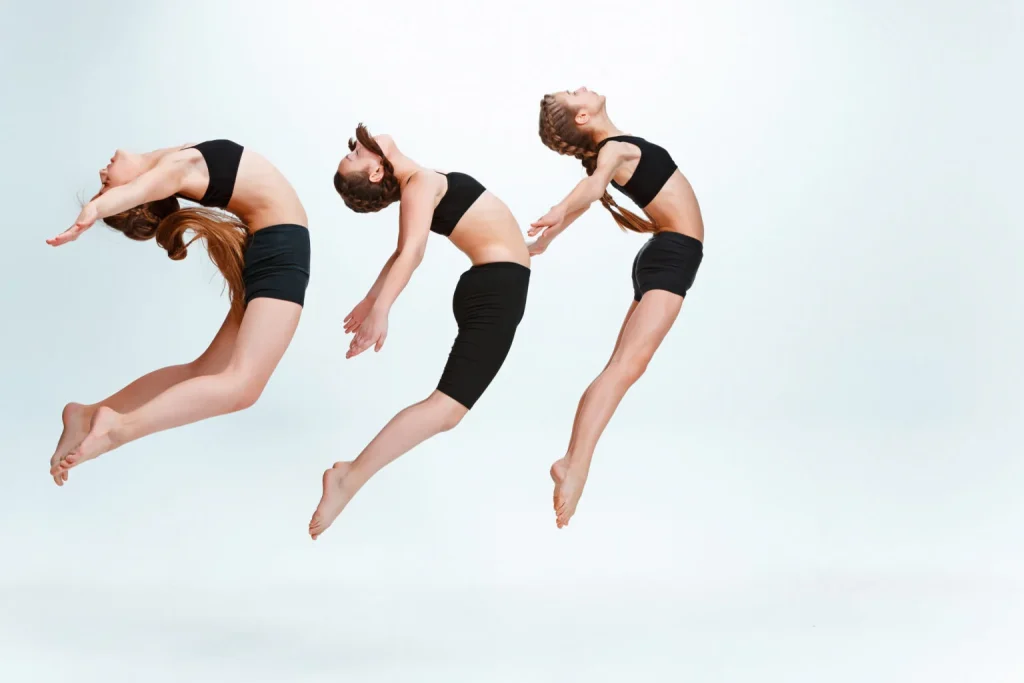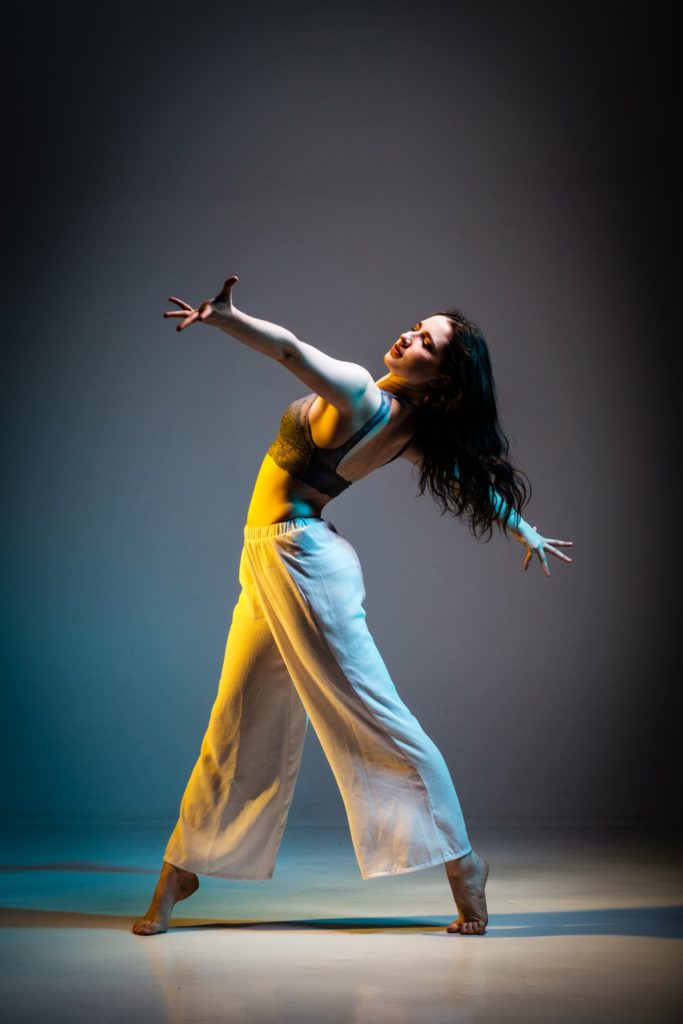Some individuals consider swing and jazz to be two distinct elements. Some consider swing to be a sub-genre of jazz. Others saw ‘swing’ as just the logical progression of jazz in the 1920s and 1930s. You can provide a fairly easy answer or a very complicated answer while attempting to describe the differences between the two.
That’s because the cultural as well as artistic contrasts between jazz and swing are significant. Swing is a type of jazz that was formerly immensely popular, particularly in the 1930s. Many parallels exist between jazz and swing, making it difficult for individuals to distinguish between the two dance styles. This article investigates the distinctions between the two musical traditions.
Swing Dance
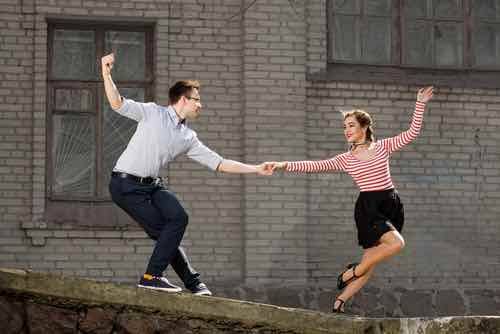
Swing dancing is a dynamic social dancing style in which a dancer lifts, spins, and flips his or her partner frequently. It is a popular choice among social dancers of all ages since it is both hip and fashionable.
There are variations of the dance, as with other dance forms. It begins with some basic steps, after which dancers are given the creative licence to make it their own. Swing dancing requires some work, but once you’ve mastered the steps, you might never want to stop!
Origin
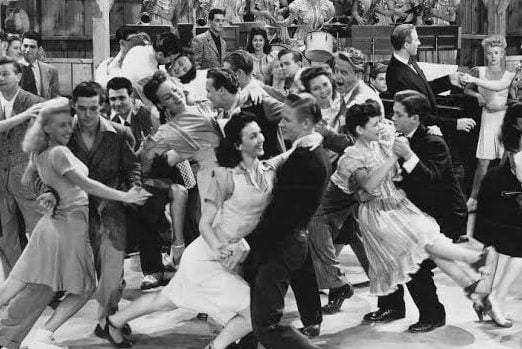
It’s difficult to pinpoint the exact etymology of dance since, like language, each dance style’s origins are surrounding by countless stories and legends. Swing dance originated in the United States throughout the 1920s and 1930s.
Dance halls were full and Jazz music was blossoming during the Great Depression, raising people’s spirits and giving an escape. The term “Swing” originally referred to the jazz music style that inspired the dance. As a result, Swing dance grew in popularity as Big Bands like Benny Goodman, Duke Ellington, and Paul Whiteman became more prominent.
Swing music’s popularity skyrocketed in the United States, as a result of which the frenzy spread to dance genres. Along with growing hemlines, bootleggers, and the world of jazz, hundreds of swing dance forms arose.
Types
- Lindy Hop: This dance has its origin in Harlem and is perhaps the most prominent swing dance.
- East Coast Swing: This dance takes its inspiration the Foxtrot and is common in club or pub dance floors.
- Jitterbug: A term that refers to swing dancing as a whole.
- Jive: An incredibly quickly Jitterbug version.
Music In The Style Of Swing

Many musicians believe that swing music does not exist; only music that “swings” exists. Swing dance music is as diverse as swing dance techniques. The popular music of the time influenced the creation of swing dance forms significantly.
Jazz, hip-hop, blues, rock-n-roll, ragtime, R&B, funk, and pop are some of the styles that make up swing music. The swing dance is usually determined by the music style. Slower beats thus allows swing dancers to take a break from the fast-paced swinging.
Movements In Swing Dance

Swing dancing is a high-intensity activity that is also a lot of fun. You can do a variety of techniques, but the overarching theme is a fast speed and swift swinging action. The most important thing is to master the basic pass with the flow of swing music, and from there, the key is to let the body flow and move, even though there is technique in the movements.
All swing music is in 4/4 time, with the same basic six-count pacing of 1,2,3-and-4, 5-and-6 in both styles. However, the tempo and feel of the song may vary slightly between versions.
To learn few basic swing steps click here!
Jazz
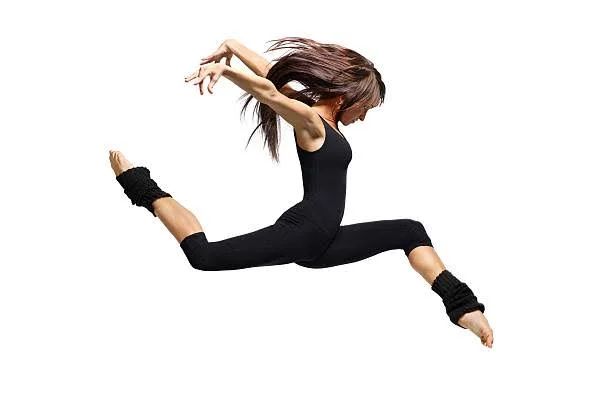
Jazz dancing is a social dance style that arose around the turn of the twentieth century when African American dancers began fusing traditional African steps with European movement styles. This form of dancing is as free-form, exploratory, and flexible as jazz music.
Jazz dance, like Jazz music, was based on improvisation and a call-and-response framework, which allowed dancers to establish a dialogue between musicians, instruments, and their bodies. Many choreographers have taken Jazz Dance into their own hands to shape their own channels which has always shifted in time with the intricacies of popular culture and evolutions in styles of entertainment.
Origin
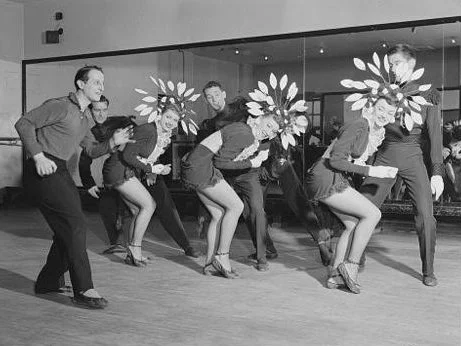
Jazz dancing has its origins in African cultures that embraced dance and music into their daily lives. These dances came to America as a result of the slave trade. On plantations, enslaved Africans performed traditional dances like the Cakewalk and the Pattin’ Juba, which set the foundation for the development of the Jazz Dance method we know today.
Traveling musicians quickly began imitating the dance motions and choreographies. Drumming was influential because, like African dance, jazz dance mirrored and emphasised the rhythm of the music in isolations and body motions. New Orleans was a major centre for the development of jazz dancing.
Music In The Style Of Jazz
Its cultural roots can be traced back to the West African ancestry of its heroes. It was a blend of hymn music and folk tunes. The cornet or trumpet, trombone, and clarinet were commonly as lead instruments in early jazz. The banjo, tuba, and drums provided rhythm and harmony.
The lead instrument in traditional jazz performs the primary melody before improvising on it. In the meantime, the other instruments will play their own versions of it. This produces the distinct jazz sound. In the 1920s, jazz moved from the streets to speakeasies and dance halls. In addition to this, the addition of piano and double bass to the emerging soundscape was common.
Basic Moves

Dancers in a jazz class are encouraged to imbue each step with their own unique individuality. Basic turns, such as chaines, piques, pirouettes, jazz turns, and some ballet turns, are all included in jazz steps. Grand jetes, twisting jumps, and tour jetes are examples of leaps. The “jazz walk” is a trademark of jazz dance.
Jazz walks can be done in a variety of genres. The “contraction” is another prominent jazz move. The body is contracted with the back curled outward and the pelvis dragged forward during a contraction. The basic jazz square and leg grips will also be taught. It takes a lot of practise to master jazz dancing technique.
Final Thoughts
The twenty-first century is marked by a diverse range of dances derived from a variety of genres. Modern dance takes many forms, from rap music that dictate dancing routines to sophisticated classical ballets. All of the contemporary dance moves include fresh and inventive components into established dance clichés from the twentieth century.
We encourage our kids at Podium School to master various dance styles. Children can also take private sessions with us. Live Kathak, Bharatnatyam, and Contemporary Dance courses are among the classes we provide.
For more modern dance updates, visit our blog! Read about Cancan Dance in our most recent blog update.
Share with your friends

